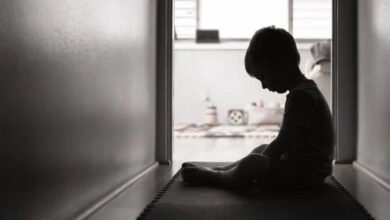6 Things Children Worry About That Most Parents Don’t Realize

Child anxiety is on the rise, and many parents don’t even realize what’s going on in their children’s minds. Experts say understanding the root worries is the first step to helping children feel safe, confident, and supported.
6 Common Anxiety Triggers in Children and How You Can Help
1. Social Dynamics
Children worry deeply about being liked, accepted, or fitting in. Differences in appearance, race, interests, or culture can make them targets of teasing or bullying, and they may hide these feelings.
2. Social Media
Comparing their lives to others online can damage self-worth. Without guidance, social media can make children feel like they’re not good enough or living “the right life.”
3. Big Life Changes
Events like moving homes, getting a new sibling, or a parent’s separation can feel like a loss. Even “positive” changes come with grief or confusion that children can’t always name.
4. Overscheduled Lives
When children are rushed from school to homework to activities with no downtime, it builds chronic stress. Unstructured play is essential; it helps children process emotions and recharge.
5. Inconsistency
Children crave predictability. When caregivers are unreliable or rules change constantly, it makes children feel unsafe and anxious, even if they don’t say it aloud.
6. Trauma
Events like a car crash, a dog bite, or seeing someone get hurt can leave lasting emotional wounds. Kids may become hyper-alert, afraid, or anxious long after the event.
What Parents Can Do
a. Name the Emotion
Help your child identify what they feel: “I’m scared,” “I feel left out.” This builds emotional intelligence and reduces anxiety.
b. Take a Breath
Deep breathing lowers stress. Try hand-tracing or “belly balloon” breaths at bedtime or after school.
c. Teach affirming phrases
Teach calming phrases like: “This won’t last forever,” or “Just because I imagine something bad doesn’t mean it’ll happen.”
d. Schedule a “Worry Window”
Set aside 10–15 minutes a day where your child can talk, vent, or even cry it out. Letting worry out in a safe space makes it less overwhelming.
Conclusion
Anxious children often don’t say “I’m anxious.” They act out, withdraw, or get overwhelmed. Recognizing the signs and gently guiding them through healthy coping strategies can make all the difference. You don’t have to be a perfect parent, just a present one.
Read more about the article here





